Agar Agar for Vegans: the Perfect Gelatin Substitute
Table of Contents
Exploring the Benefits of Agar Agar
The word agar comes from Malay/Indonesian and is now known as an herbal alternative to gelatin. It has been used in Asia for centuries. But what exactly is it, and how can you use it in the kitchen?
Agar-agar instead of gelatine.
Gelatine is a purely animal product, so cakes or desserts made with gelatine are not an option for vegetarians and vegans.
They use agar-agar instead: Its excellent gelling properties make it the star of the sweet plant-based bakery. Ultimately, you can also make any recipe that uses gelatin with it. However, you should follow the package instructions carefully; you cannot replace it with gelatine one-to-one.
What is agar-agar made of?
It is a carbohydrate that comes from the cell walls of algae, such as blue or red algae. In terms of its chemical structure, it is very similar to fiber from local fruits and vegetables and, like them, cannot be digested – or only in small parts – by humans. This structure also has excellent swelling properties, and the powder gels when dissolved in hot liquid.
The extract is usually dried and processed into powder for use in the kitchen. But even though it comes from algae, it is tasteless and can be used as a gelling agent for savory and sweet dishes. Pure algae extract comes in powder or flakes for use in the kitchen.
Is agar agar healthy?
Agar is a fiber that has a particularly positive effect on digestion: the fiber molecules stimulate and improve overall digestion. Thanks to its good swelling properties, fiber binds fluid, which increases the volume of food consumed. It increases our feeling of fullness, and we are not hungry again so quickly.
But as great as these properties may sound, too much of the herbal alternative can have a laxative effect. These consequences usually only occur if you consume more than 4 g of agar daily. However, a cake or a dessert usually does not contain more than 1 g, so most people do not experience grumbling stomachs or indigestion. As always, a balanced diet is usually the best. And even the biggest sweet tooth won’t be able to eat more than four pieces of cake!
How do you use agar agar?
Especially compared to gelatin, it is essential to know that the plant-based alternative is around six to ten times more effective. The gelling process only starts when you boil the agar agar. Don’t get confused because the mixture only changes its consistency when it cools down and becomes solid. If heated again, the gelled mass would become liquid again.
For jellylies, jams, ice cream, cakes, and puddings, you could prepare all recipes containing gelatine with agar instead.
Gelling test
Place a small plate in the freezer for a few minutes.
After boiling the liquid with agar according to the package instructions, add a few spoonfuls of the mixture to the cooled plate. You put this back in the fridge.
If the liquid has not gelled after 2-3 minutes, add a bit of agar agar. To do this, Add some mixed agar to the mixture. Bring to the boil again and let cool. If the mixture is too thick, add a little more liquid.
Where to Buy?
You can find it in most health food stores and Asian markets. When purchasing agar, check the label to ensure it is 100% pure and contains no additives or preservatives.
Agar agar is a versatile and nutritious ingredient you can use as a substitute for gelatin in vegan cooking. Its many uses and health benefits make it a valuable addition to any vegan pantry. Have you tried using agar agar in your cooking?
Here are recipes for you to try
Easy Vegan Flan (No-Bake!)

If you’ve never had flan, you’re in for a treat! This easy, vegan version may be dairy- and egg-free, but it doesn’t skimp on flavor or texture. A dreamy, salted caramel sauce beautifully coats a coconut milk custard.
Vegan Panna Cotta
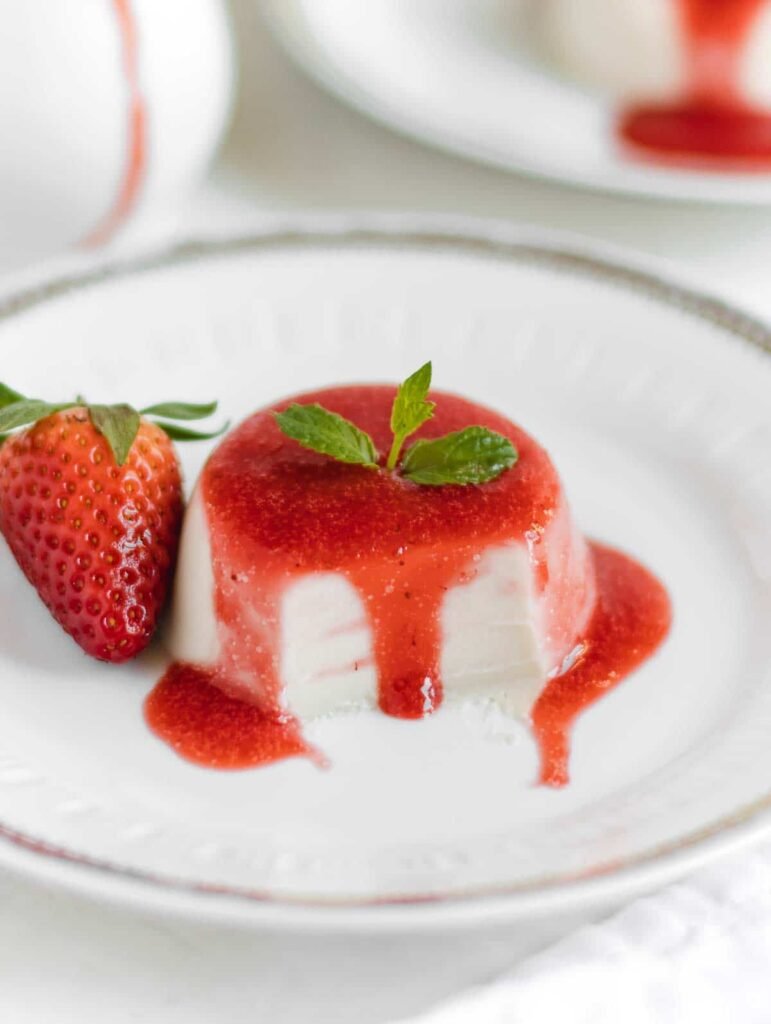
Make this refreshing Italian dessert that everyone will love. We think this is the best vegan panna cotta recipe.
Vegan Mango And Coconut Jello
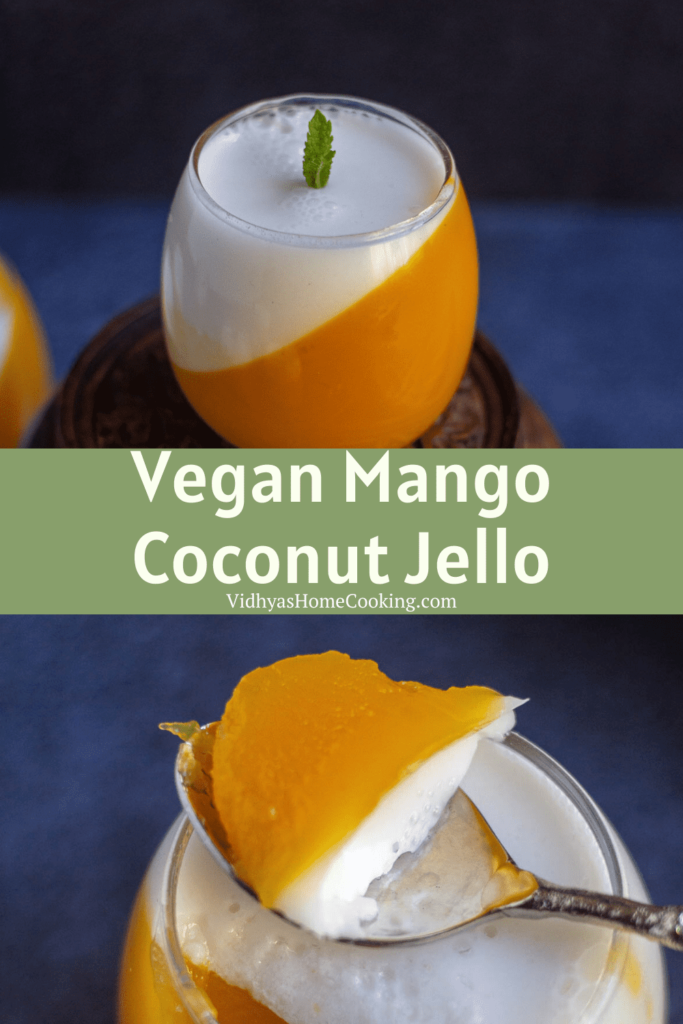
Here is the decadent vegan no-bake mango dessert – Mango coconut jello or mango coconut panna cotta, or Woon Moongwang (in Thai)
3-Ingredient Vegan Gummy Bears Recipe
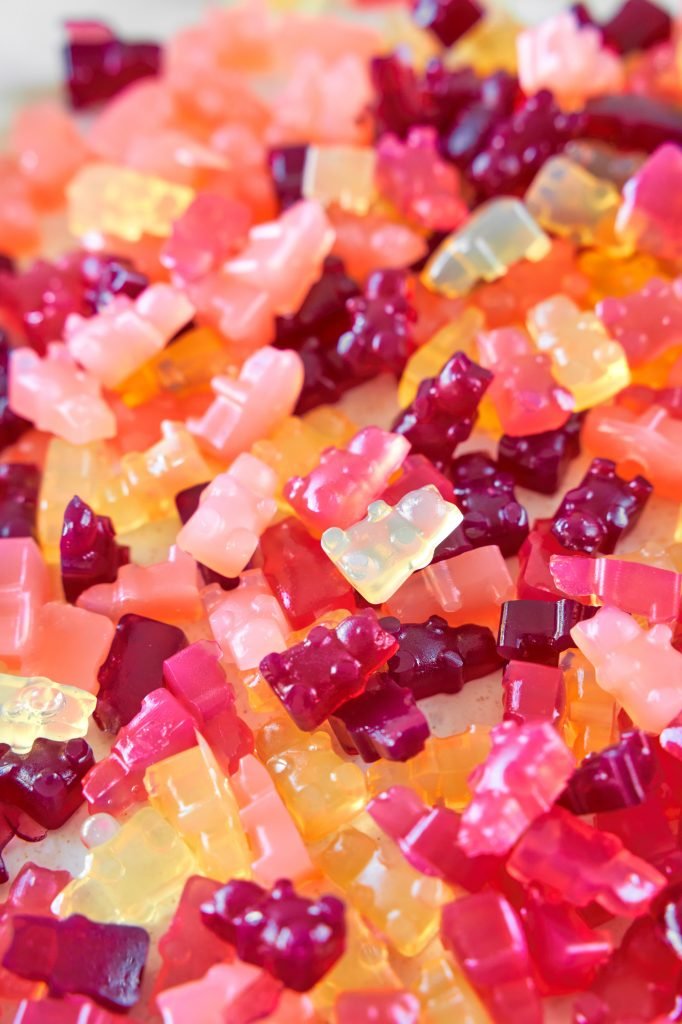
Learning to make your own vegan gummy bears is the easiest thing ever! The results are so fun that you are going to want to make it again and again.
Easy Coconut Pandan Agar Agar Jelly [Vegan Friendly!]
Agar Jelly is delicately sweet and flavoured with coconut and pandan essence. Made with only 5 ingredients, it’s naturally vegan-friendly
Vegan Jaffa Cakes
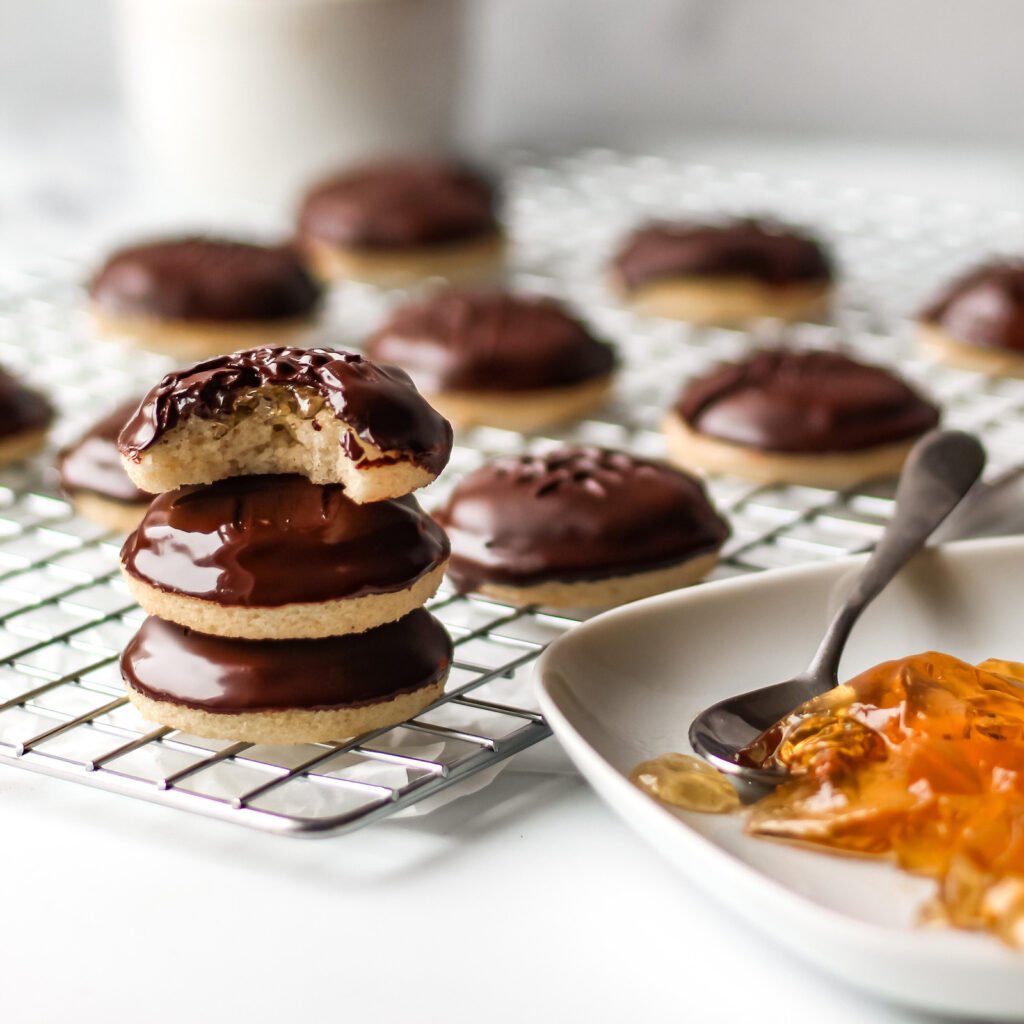
Veganising this recipe was relatively straight-forward. The cake base doesn’t need to be super fluffy or light, so we don’t need to use any odd ingredients to provide airiness. Also, the topping is just dark chocolate, which is usually vegan anyway! https://www.blowjobvideos.xxx/categories/404/mature
Vegan Chocolate Pudding Cake
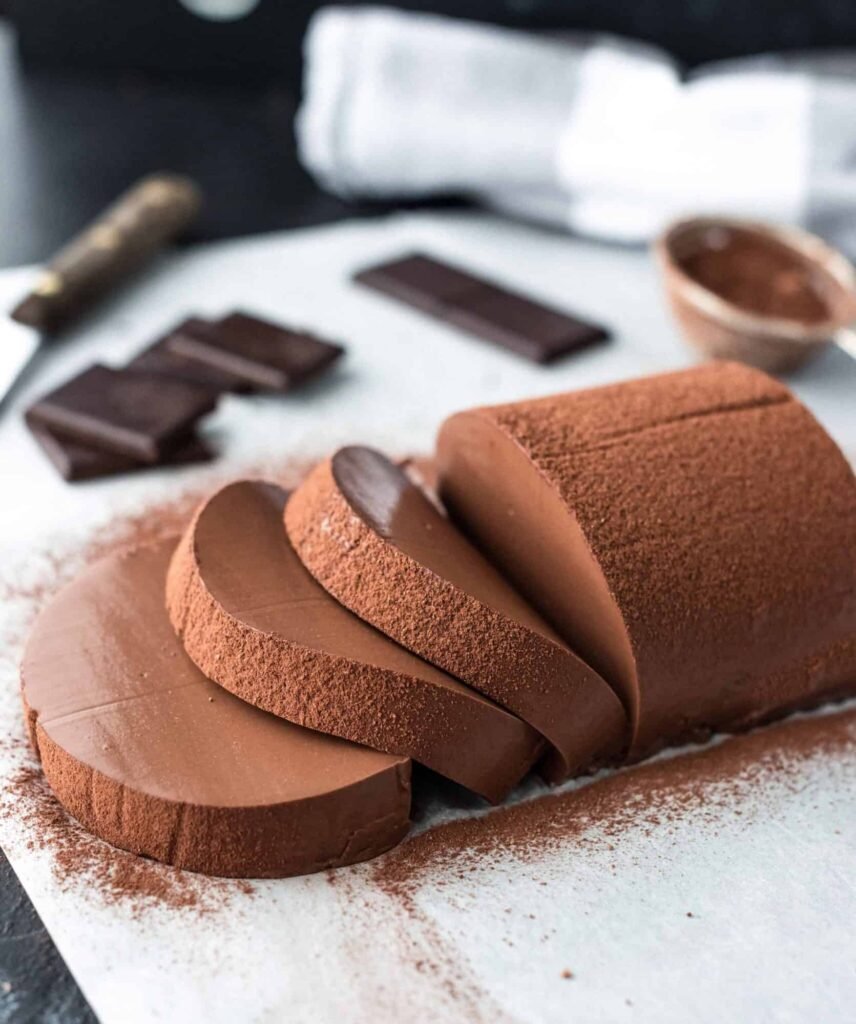
Are you looking for a recipe to make an absolutely delicious chocolate pudding cake? Then you are at the right place. This chocolate pudding is super creamy, easy to make, and absolutely delicious. It also happens to be 100% vegan and gluten-free.
VEGAN JELLO
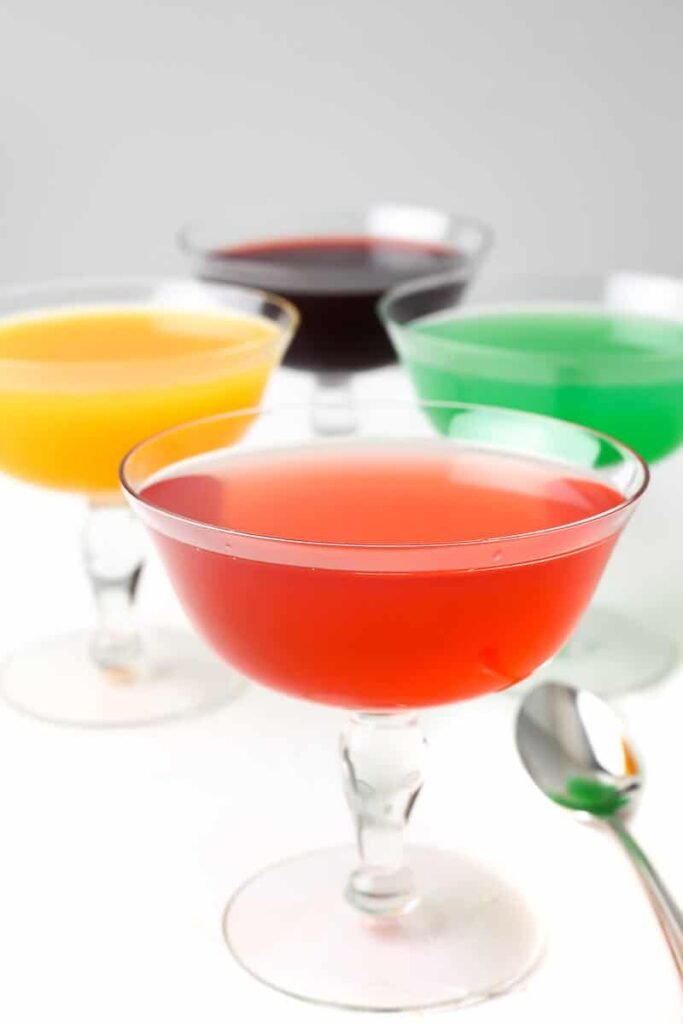
Have you been looking for a way to make vegan jello? This is a simple and easy jello recipe that can be made in minutes with just a few simple ingredients.
Vegan Pimento Cheddar Cheese with Coconut Milk

This is a quick-set cheese and is so simple to make there is no reason to keep overpaying for store-bought vegan cheese! You can have delicious vegan cheese, start to finish, in about 2 hours and for a quarter of the grocery store price!
Vegan Deviled Eggs
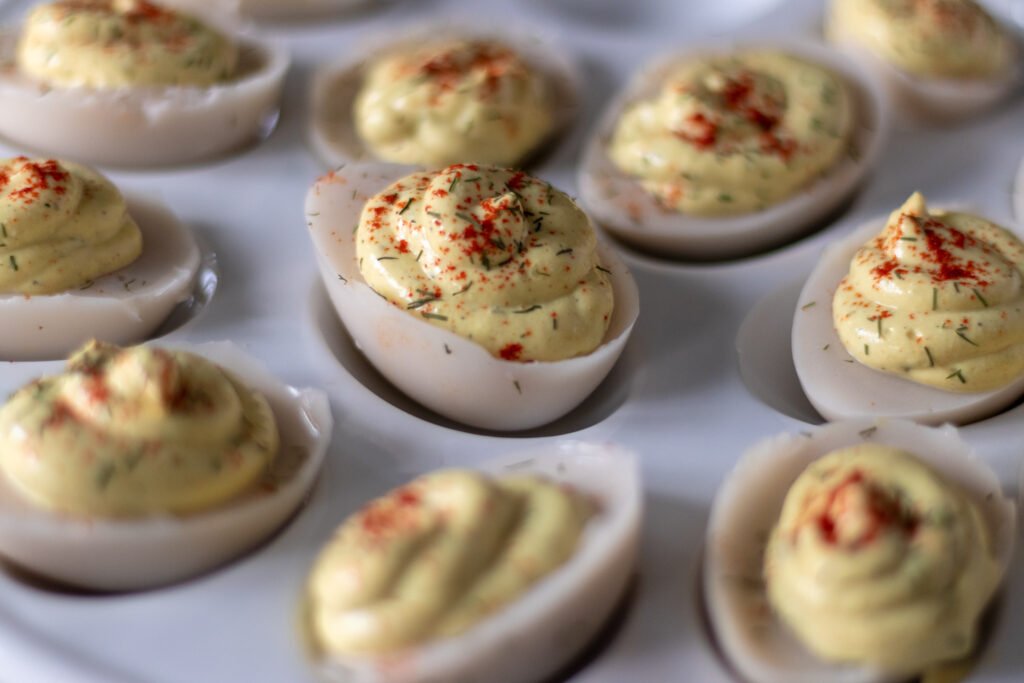
Once again, agar powder steps in to do some truly amazing vegan magic (or science) to create a perfect vegan deviled egg!
HOW TO MAKE BALSAMIC PEARLS (BALSAMIC CAVIAR)

These sweet and sour pearls are filled with concentrated balsamic vinegar flavor – unlike when you just drizzle the vinegar over a dish, there’s no ‘watering down’ this balsamic. Not only do they taste great, but they look amazing too.
See also > Why Using Coconut Oil In Your Kitchen Is Good For Your Health
Imagine a BIG homegrown health plan in a tiny box. Learn about sprouts, shoots, microgreens, lettuce mixes, and braising greens, as well as how to decide which one is right for you.![]() Grab your free copy of “Grow Your Own Greens” HERE
Grab your free copy of “Grow Your Own Greens” HERE![]() .
.





